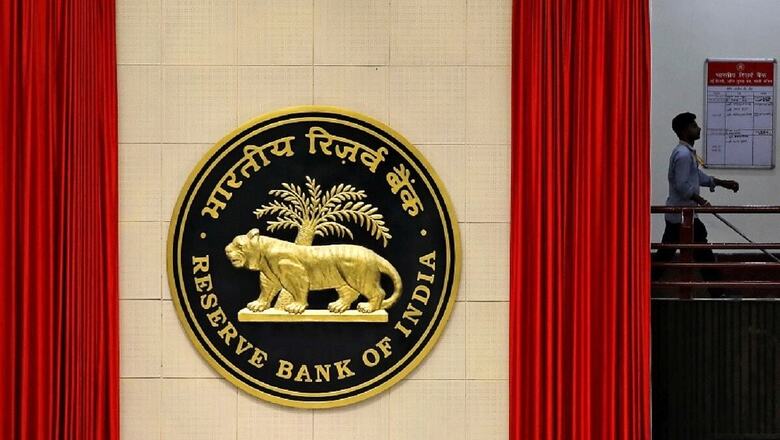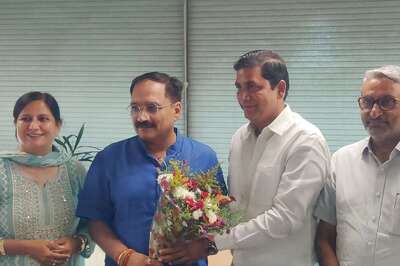
views
Former RBI Governor D Subbarao on Friday said India is not close to the situation where the central bank has to go for debt monetisation amid rising government spending and falling revenue collection due to the COVID-19 crisis.
The case for direct financing is made on the argument that government borrowing this year has ballooned way beyond normal, Subbaro said.
Generally, monetisation of debt means the central bank printing currency for the government to take care of any emergency spending and to bridge its fiscal deficit.
"There just aren't enough savings in the economy to finance borrowing of such a large size. Bond yields would spike so high that financial stability will be threatened. The RBI must therefore step in and finance the government directly to prevent this from happening," he said.
Referring to the idea of debt monetisation, Subbarao said, "there is no reason to believe that we are anywhere close to that situation".
"Through its Open Market Operations (OMOs), the RBI has injected such an extraordinary amount of systemic liquidity that bond yields are not only soft but are continuing to soften further," he said.
"... right now, the government is able to borrow at a real rate of zero per cent. How do you justify direct monetisation in such a scenario?," he wondered.
Subbarao was speaking at a virtual event to release a book titled 'Quest for Restoring Financial Stability in India' by former RBI Deputy Governor Viral V Acharya.
Earlier this month, Economic Affairs Secretary Tarun Bajaj said that monetisation of debt is not on the government''s agenda at the moment as there are some positive signs on the revenue collection front.
According to Subbarao, both monetisation and OMOs involve expansion of money supply which can potentially stoke inflation.
"But the inflation risk they carry is different. OMOs are a monetary policy tool with the RBI in the driver's seat, deciding on how much liquidity to inject and when.
"In contrast, monetisation is and is seen, as a way of financing the fiscal deficit with the quantum and timing of money supply determined by the government's borrowing rather than the RBI's monetary policy," he said.
In spite of all this, he said that if the government decides to cross the rubicon, the markets will fear that the government is abandoning all constraints on fiscal policy and is planning to solve its fiscal problems by inflating its debt.
If that happens, yields on government bonds will shoot up, the opposite of what is sought to be achieved, he noted.
"For sure, monetisation, despite its costs, might become inevitable at some point in the future. If the government cannot finance its deficit at reasonable rates and bond yields spike so high as to threaten financial instability, there may be no alternative to direct monetisation. We are not there yet," he said.
In the wake of the COVID-19 crisis, revenue collections have taken a hit and the government spending is also on the rise.
On the inflation target framework for fixing benchmark interest rate by the Monetary Policy Committee (MPC), Subbaro said it has not been fully tested.
RBI has initiated a review of the retail inflation targeting framework behind monetary policy decisions as well as its effectiveness.


















Comments
0 comment